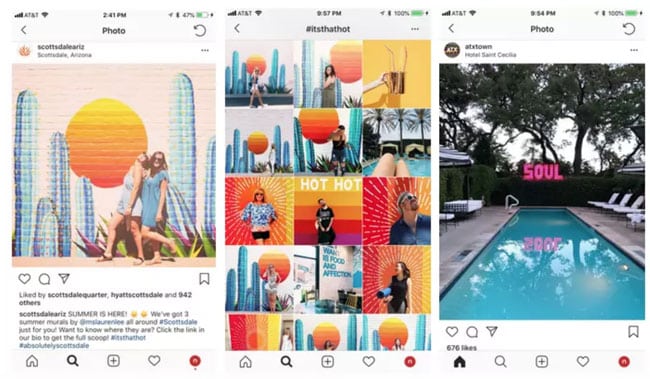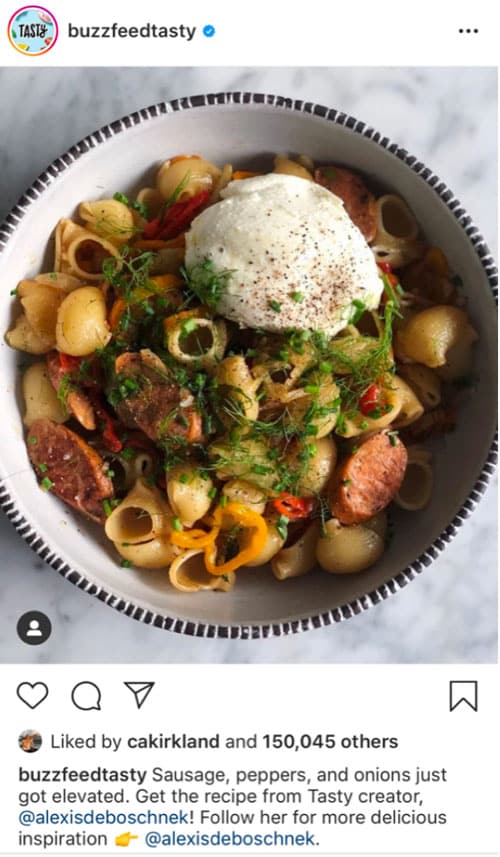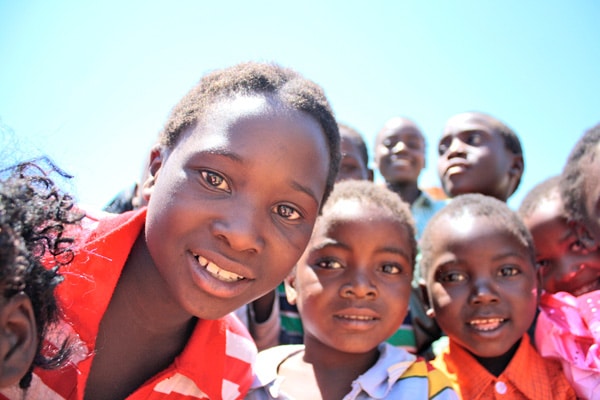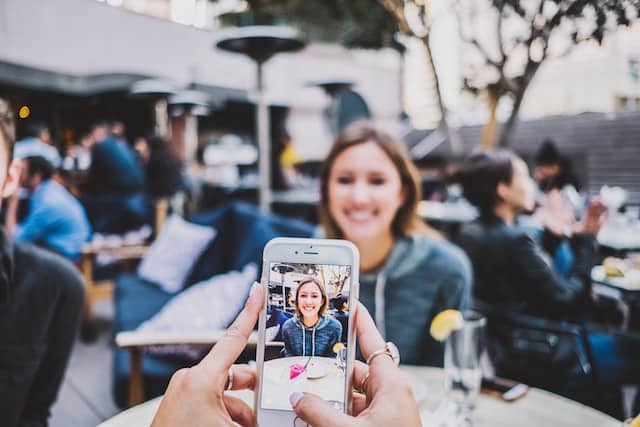Instagram’s profound effect on travel destination choice
The mind boggles to think of the energy spent investigating, debating, listing, and sharing the “best” places in the world to take an “Instagrammable” picture. There are thousands, if not more, website articles on the subject, and this fact alone testifies to enormous power of images (often selfies) and Instagram in marketing today. At the time of this writing, there are 467,759,338 Instagram posts with the hashtag #travel, and thousands of secondary travel-related hashtags.
A growing body of research is showing that Instagram now plays a considerable role in influencing where people decide to go in the world. A Facebook study has found that:
- 70% of “travel enthusiasts” (people using travel-oriented hashtags) share their travel plans on Instagram;
- 67% of them use Instagram to find inspiration for where to go next.
And there’s inspiration aplenty. Check out #beautifuldestinations (40 million+ posts) or #travelideas, for example, and within a minute you’ll feel a strong need to go somewhere you had never thought of before.
People look for proof of a worthwhile destination
As digital agency Nomadic notes, many Instagram users are “millennials who consider it vital to be seen as a ‘traveller’ rather than a ‘tourist.’ For [them], it’s important that their trip is an experience worth sharing.”
In fact, one UK-based study found, astonishingly, that over 40% of 1,000 millennials it surveyed prioritised a destination’s “Instagrammability.” This is the top driver, ahead of personal development, sightseeing, and the opportunity to sample local cuisine. However you feel about that, the fact is that many students today are looking to increase their followers, likes, and comments on Instagram and will be hoping that their study abroad experience fuels this goal.
The example of Iceland
Gunnar Frey, a destination marketer whose @icelandic_explorer posts aim to draw visitors to Iceland told Canada’s Global News, “Instagram has ‘been really inspiring people to go and do interesting things. It brings a big world to a small place.’” And Iceland’s official tourism board told the media site that “a lot of people first become aware of the country as a destination through social media, with a big part of that being Instagram.”
The example of Iceland underlines:
- That education institutions should include Instagram hashtags related to their community, city, or country destination (e.g., if you were a school in Iceland, #exploreiceland is a hashtag on close to half a million posts right now);
- That students will be looking for places to take optimal selfies to share while studying (so think of some great places and publish them on the website, on social media, etc.);
- That small schools, like small destinations like Iceland, can have a strong “Insta-game” and draw prospects using well-considered strategies around the platform.
Ideas and strategies
Selfie-starters: Though students will come up with their own ways to take selfies, it certainly won’t hurt to get the ball rolling with some ready-to-go “moments” for them. Nomadic suggests creating “special backdrops, art installations, or photobooth style setups” that can help to brand your institution on Instagram.

Influencers: We’ve long emphasised the key role student ambassadors can play, and this has never been more important than in today’s Instagram culture. Do some research about which students are posting great pictures and stories about your school and engage with them. A recent survey found that 34% of Instagram users in the US made a purchase based on an influencer’s recommendation; roughly a quarter of Facebook and Twitter users had as well.
Once you’ve identified some student influencers, find out what niche passions they have. Is it cooking? Hiking? Art? All these interests suggest opportunities for your school to hop on board and provide inspiration for them.
Let’s say one of your influential students shares recipes on their Instagram. Feature one of their recipes on your school’s feed and ask your followers to check out their posts! The example below is a variation on this idea, where Buzzfeed featured one of their staff member’s recipes:

As for the optimal number of followers your influencers should have, it’s not necessarily huge. Hootsuite notes that,
“A smaller follower count can be very powerful if it’s a niche area … niche influencers can have very dedicated and engaged followers. The latest development is the emergence of nano-influencers. These influencers can have as few as 1,000 followers, but their word is gold to their dedicated fans.”
Just as important as follower count is whether the influencer is liked and trusted by the specific people you’re trying to reach: prospects in target markets. As Hootsuite says, “You want to see plenty of views, likes, comments, and shares from the precise follower segments you’re trying to reach.”
Geo-tagging: SproutSocial reports that “posts tagged with a location get 79% more engagement than those without.” And of course geo-tagging also links your school to a destination. Enough said!
Better performance for educators
On a final note, another recent report from Trackmaven found that higher education institutions got more than 10x the interactions on Instagram than on any other major platform, including Facebook, Twitter, LinkedIn, and Pinterest.
For additional background, please see:













